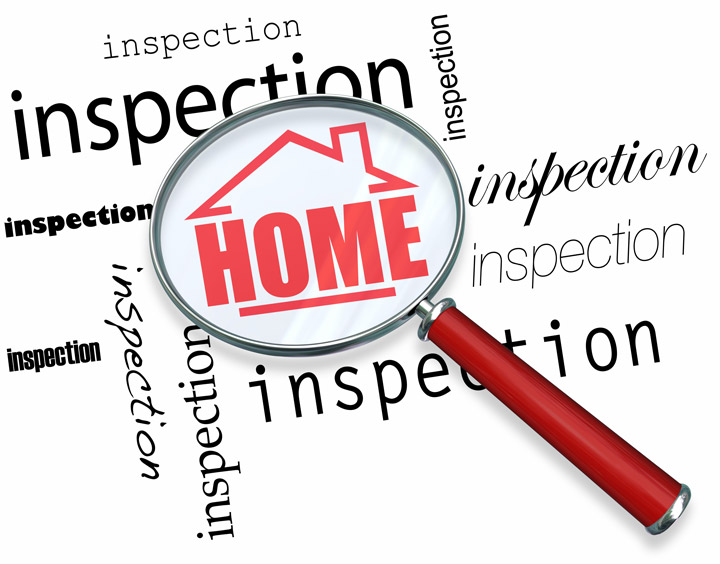
What Are the Components of an Appraisal?Their home's purchase is the largest transaction most could ever consider. It doesn't matter if where you raise your family, an additional vacation home or an investment, purchasing real property is a detailed financial transaction that requires multiple people working in concert to pull it all off. You're likely to be familiar with the parties taking part in the transaction. The real estate agent is the most recognizable face in the transaction. Next, the mortgage company provides the financial capital necessary to fund the exchange. The title company ensures that all details of the exchange are completed and that the title is clear to transfer from the seller to the purchaser. So, what party makes sure the value of the property is in line with the amount being paid? This is where the appraiser comes in. We provide an unbiased estimate of what a buyer might expect to pay — or a seller receive — for a parcel of real estate, where both buyer and seller are informed parties. A licensed, certified, professional appraiser from Kim Hudak will ensure, you as an interested party, are informed. The inspection is where an appraisal beginsTo ascertain an accurate status of the property, it's our duty to first complete a thorough inspection. We must actually see features, such as the number of bedrooms and bathrooms, the location, and so on, to ensure they truly exist and are in the shape a typical person would expect them to be. To make sure the stated square footage is accurate and convey the layout of the home, the inspection often requires creating a sketch of the floorplan. Most importantly, the appraiser identifies any obvious features - or defects - that would have an impact on the value of the house. Once the site has been inspected, an appraiser uses two or three approaches to determining the value of the property: a paired sales analysis, a replacement cost calculation, and an income approach when rental properties are prevalent. 
Replacement CostThis is where the appraiser gathers information on local building costs, labor rates and other factors to determine how much it would cost to construct a property nearly identical to the one being appraised. This estimate often sets the maximum on what a property would sell for. The cost approach is also the least used predictor of value. 
Sales ComparisonAppraisers become very familiar with the subdivisions in which they work. They innately understand the value of specific features to the homeowners of that area. Then, the appraiser looks up recent sales in the vicinity and finds properties which are 'comparable' to the property at hand. By assigning a dollar value to certain items such as fireplaces, room layout, appliance upgrades, extra bathrooms or bedrooms, or quality of construction, we add or subtract from each comparable's sales price so that they more accurately portray the features of subject property.
A true estimate of what the subject could sell for can only be determined once all differences between the comps and the subject have been evaluated. At Kim Hudak, we are an authority in knowing the value of particular items in Catharpin and Prince William County neighborhoods. The sales comparison approach to value is most often awarded the most consideration when an appraisal is for a home purchase. Valuation Using the Income ApproachA third method of valuing a house is sometimes applied when a neighborhood has a reasonable number of renter occupied properties. In this situation, the amount of revenue the property generates is taken into consideration along with income produced by comparable properties to determine the current value. Coming Up With The Final ValueCombining information from all applicable approaches, the appraiser is then ready to state an estimated market value for the property at hand. Note: While this amount is probably the strongest indication of what a property is worth, it may not be the final sales price. There are always mitigating factors such as the seller's desire to get out of the property, urgency or 'bidding wars' that may adjust the final price up or down. But the appraised value is often employed as a guideline for lenders who don't want to loan a buyer more money than the property is actually worth. The bottom line is, an appraiser from Kim Hudak will guarantee you attain the most accurate property value, so you can make the most informed real estate decisions. |